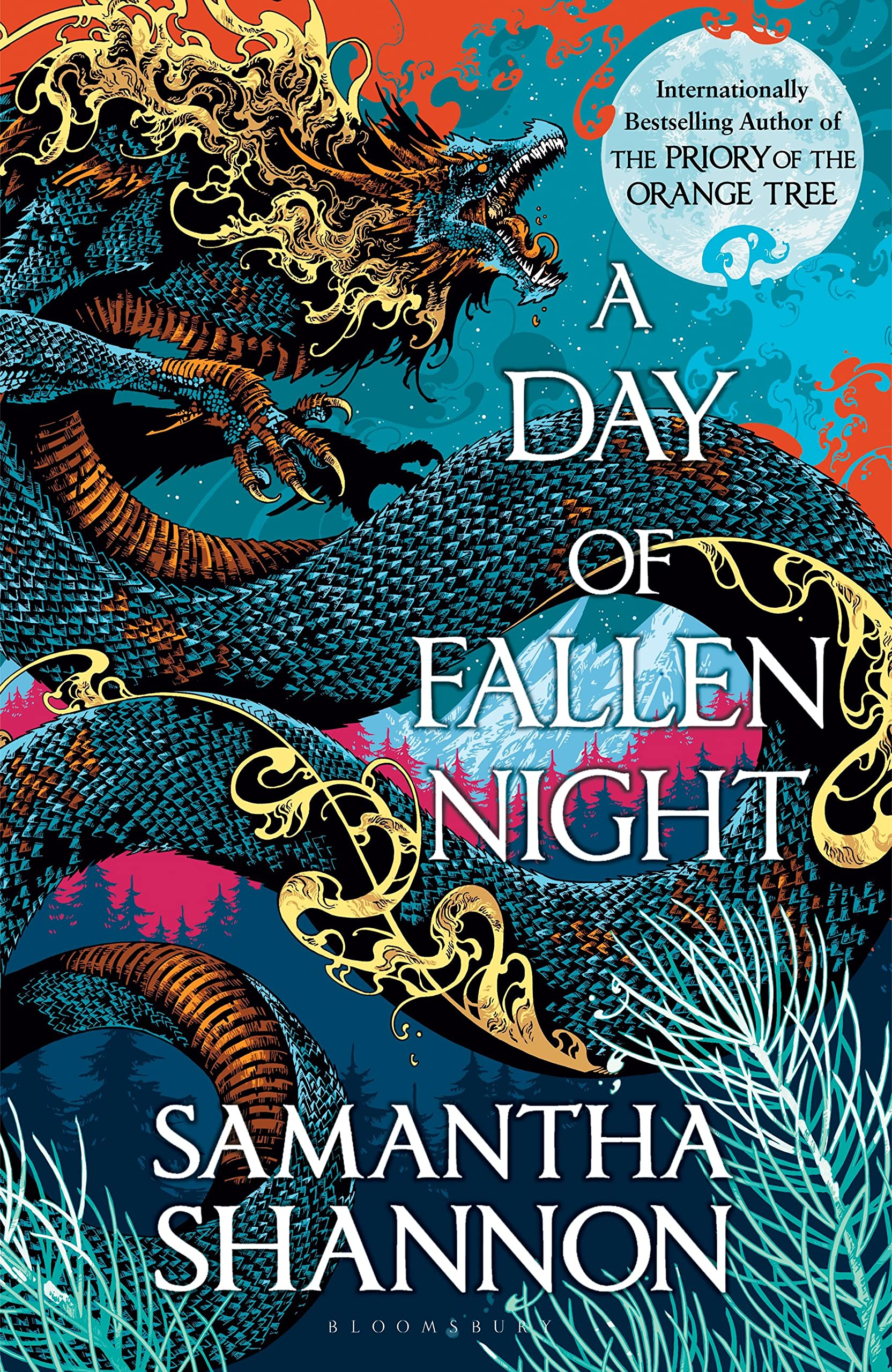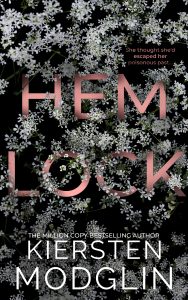
Samantha Shannon returns to the Roots of Chaos universe with a sweeping, stand-alone prequel that proves epic fantasy can be both thunderous and intimate. Set roughly five centuries before The Priory of the Orange Tree, A Day of Fallen Night charts the rise of the Great Sorrow through the intersecting lives of four women who carry empires, faiths, and entire futures on their shoulders.
What the Story Delivers
When the Dreadmount erupts, long-slumbering wyrms ignite a crisis that tests every corner of the known world. In the South, Tunuva Melim wrestles with the Priory’s purpose after decades without an enemy to fight. In the North, the political marriage of Sabran the Ambitious to the new king of Hróth recalibrates power, while their daughter Glorian prefers to live in her parents’ shadow rather than bask in a crown’s glare. Far to the East, Dumai climbs a harsher mountain still as she tries to wake the gods and survive the secrets that stalk her lineage. Across these threads, Shannon braids palace intrigue, sacred oaths, and cataclysmic returns into a single roaring tapestry.
Worldbuilding that Feels Lived In
Shannon’s talent for constructing cultures shines even brighter here. From temple rites in Seiiki to courtly maneuvers in Inys to the secret histories of the Priory, the book expands east to west with meticulous care. Languages, legends, and religious schisms do more than decorate the map. They drive the choices characters make, and they shape the consequences that follow. Glossaries and appendices help, but the world largely teaches you its rules through story, which keeps the narrative immersive.
Characters Worth Following Across 800+ Pages
Each point-of-view voice is distinct and emotionally grounded. Tunuva is duty sharpened by doubt. Dumai is devotion with a rebellious streak. Glorian is the watcher who understands when presence is more powerful than force. Their arcs are not merely parallel quests. They echo and refract one another in ways that make the finale feel earned. Even the side characters register as real lives, though the cast can sprawl enough that a few players fade at the margins.
Thematic Fire: Motherhood, Power, and Legacy
Beneath the dragons and dynasties, this is a novel about inheritance. Motherhood and pregnancy are treated with nuance, not as a single, sanctified path but as a spectrum of longing, fear, refusal, and love. The book asks who gets to shape the future and at what cost. It also interrogates faith, sovereignty, and the uneasy bargains people strike with stories they inherit.
Pacing, Length, and Where It Stumbles
Expect a slower burn than Priory. The middle third lingers on politics, travel, and ritual. For many readers, this deepens the sense of place. For others, the meandering can sap momentum and make the sheer page count feel heavy. A handful of minor characters add texture without always adding necessity. Still, the final act rewards patience with scale, catharsis, and several payoffs that reframe earlier chapters.
Do You Need to Read Priory First
You can start here. Reading Priory first gives you a broader context and a different emotional resonance, since you will recognize names, lineages, and shifts in belief that ripple forward. Reading Fallen Night first offers a clean chronological entry and keeps later surprises intact. Either route works because the book stands on its own.
Verdict
A Day of Fallen Night is an engrossing, big-hearted epic that marries cataclysmic spectacle with the quiet revolutions of private lives. If you love rich worldbuilding, multi-POV narratives, and fantasy that treats women’s interiority as seriously as warfare, this belongs on your shelf.
Rating: 4.5 out of 5
Majestic, meticulous, and emotionally resonant. A worthy companion and a formidable entry point to the Roots of Chaos.
Ready to dive in? Get A Day of Fallen Night on Amazon: https://amzn.to/48gWEm1


